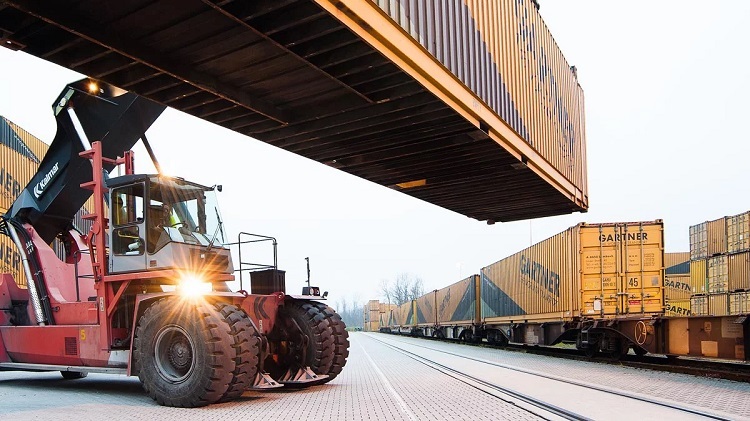Efficient transport solutions can be a game-changer for businesses looking to improve their bottom line. By streamlining transportation processes and reducing costs, companies can increase profitability and gain a competitive edge in their industry. With the rise of e-commerce and global trade, the demand for efficient transport solutions has never been higher.
Implementing efficient transport solutions can involve a range of strategies, from optimizing routes and reducing empty miles to leveraging technology and outsourcing logistics. By taking a holistic approach to transportation management, businesses can identify areas for improvement and implement solutions that save time, money, and resources. Whether you’re a small business owner or a logistics manager for a large corporation, there are a variety of strategies and tools available to help you improve your transportation operations and boost your bottom line.
Table of Contents
Strategic Implementation of Efficient Transport Solutions
Efficient transport solutions can only benefit your business if they are implemented strategically. Here are some key strategies to help you optimize your transport operations and improve your bottom line.
Optimizing Route Management
Route optimization is a critical factor in reducing transportation costs and improving efficiency. By analyzing traffic patterns, delivery schedules, and driver availability, you can create more efficient routes that save time and money. Consider using software that can help you optimize your routes automatically and in real-time, allowing you to adjust to unexpected changes on the fly.
Leveraging Fleet Telematics
Fleet telematics can provide you with valuable real-time data on your vehicles and drivers, allowing you to monitor driver behavior, fuel consumption, and vehicle performance. By using this data to identify areas for improvement, you can reduce fuel costs, minimize vehicle downtime, and improve driver safety. Consider investing in a telematics system that integrates with your route optimization software for maximum efficiency.
Investing in Eco-Friendly Vehicles
Investing in eco-friendly vehicles can help you reduce your carbon footprint and save money on fuel costs. Electric vehicles, hybrids, and other alternative fuel vehicles are becoming increasingly popular, and many offer significant cost savings over traditional gas-powered vehicles. Consider your specific transportation needs and the availability of charging infrastructure when choosing eco-friendly vehicles for your fleet.
Implementing these strategies can help you achieve significant cost savings and improve your bottom line. By optimizing your routes, leveraging fleet telematics, and investing in eco-friendly vehicles, you can create a more efficient and sustainable transportation operation.
Cost-Benefit Analysis of Transport Efficiency
Efficient transport solutions are essential for any business that wants to improve its bottom line. However, before investing in any transport efficiency measures, it is important to conduct a cost-benefit analysis to determine if the investment is worth it. Here are some factors to consider when conducting the analysis.
Reducing Fuel Consumption
One of the most significant benefits of transport efficiency is reducing fuel consumption. By optimizing routes, reducing idling time, and improving driving habits, businesses can save a significant amount of money on fuel costs. In addition to the direct cost savings, reducing fuel consumption also has environmental benefits, which can improve a business’s reputation and attract environmentally conscious customers.
Minimizing Vehicle Maintenance Costs
Efficient transport solutions can also help minimize vehicle maintenance costs. By reducing wear and tear on vehicles, businesses can extend the lifespan of their fleet and reduce the frequency of maintenance and repairs. This can save businesses a significant amount of money in the long run.
Maximizing Load Efficiency
Maximizing load efficiency is another key factor to consider in a cost-benefit analysis of transport efficiency. By optimizing the amount of cargo carried on each trip, businesses can reduce the number of trips required to transport goods, which can save time and money. Additionally, maximizing load efficiency can help reduce the environmental impact of transportation by reducing the number of vehicles on the road.
In conclusion, conducting a cost-benefit analysis of transport efficiency is essential for any business that wants to improve its bottom line. By considering factors such as reducing fuel consumption, minimizing vehicle maintenance costs, and maximizing load efficiency, businesses can make informed decisions about investing in transport efficiency measures.

